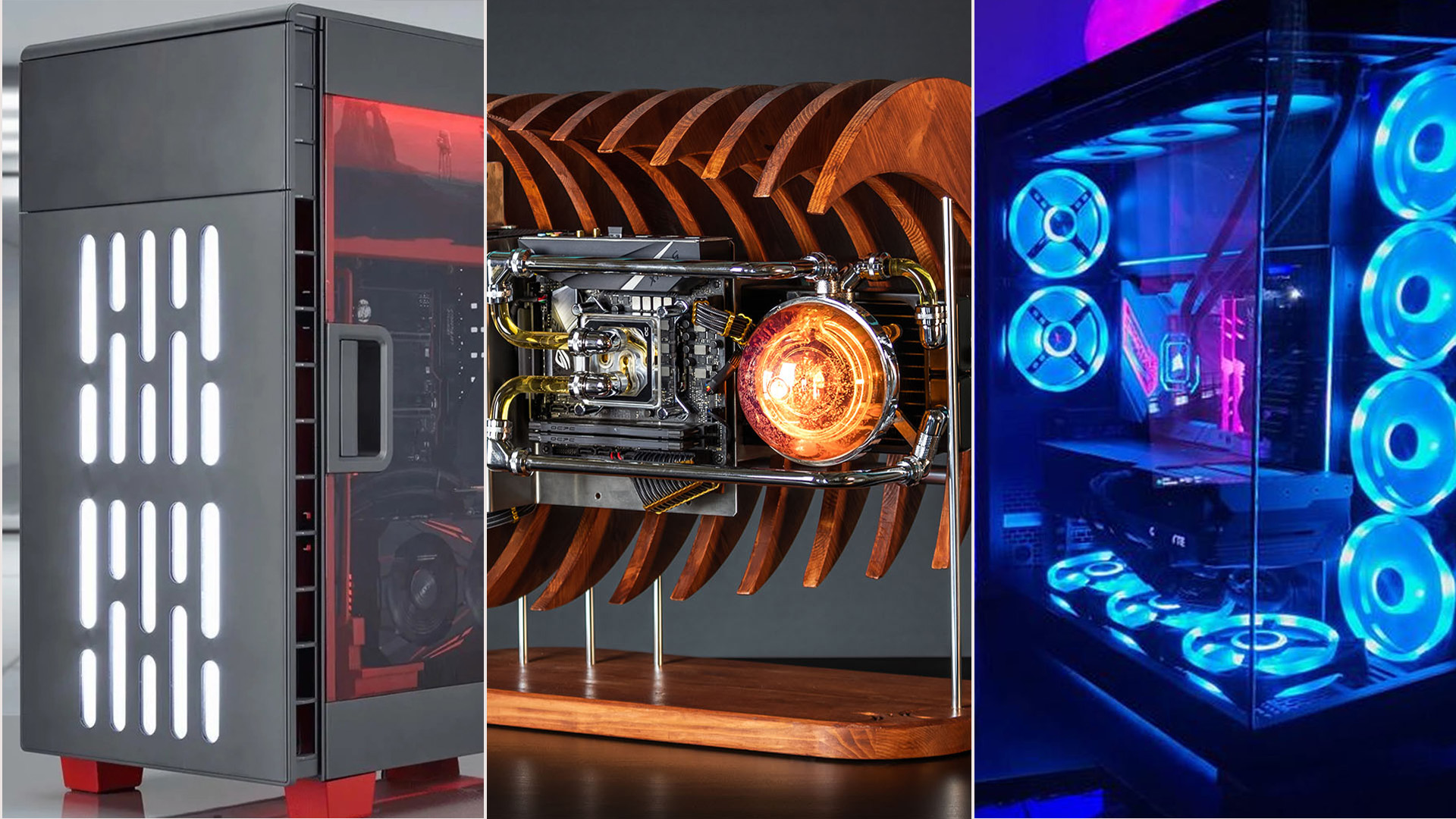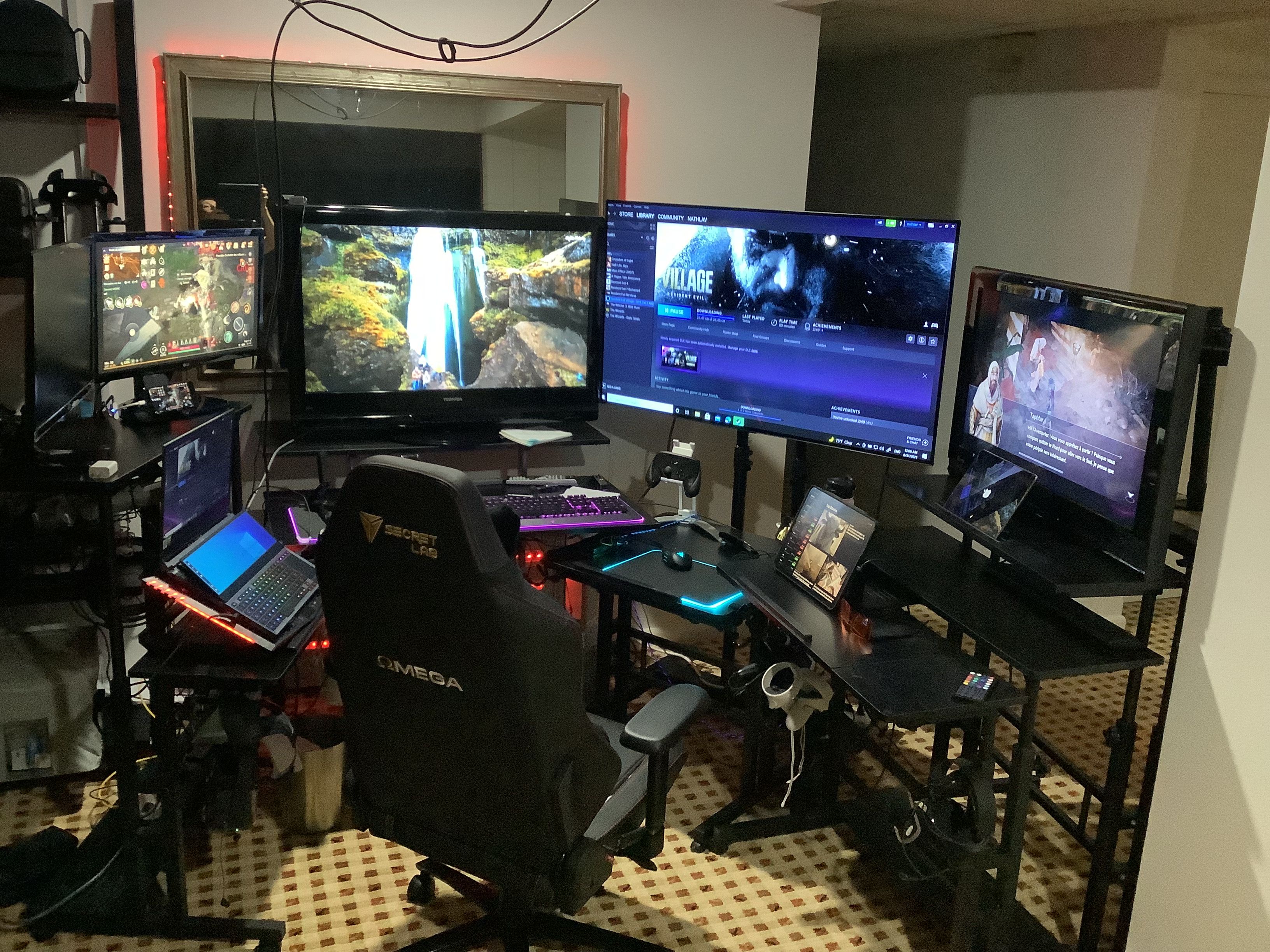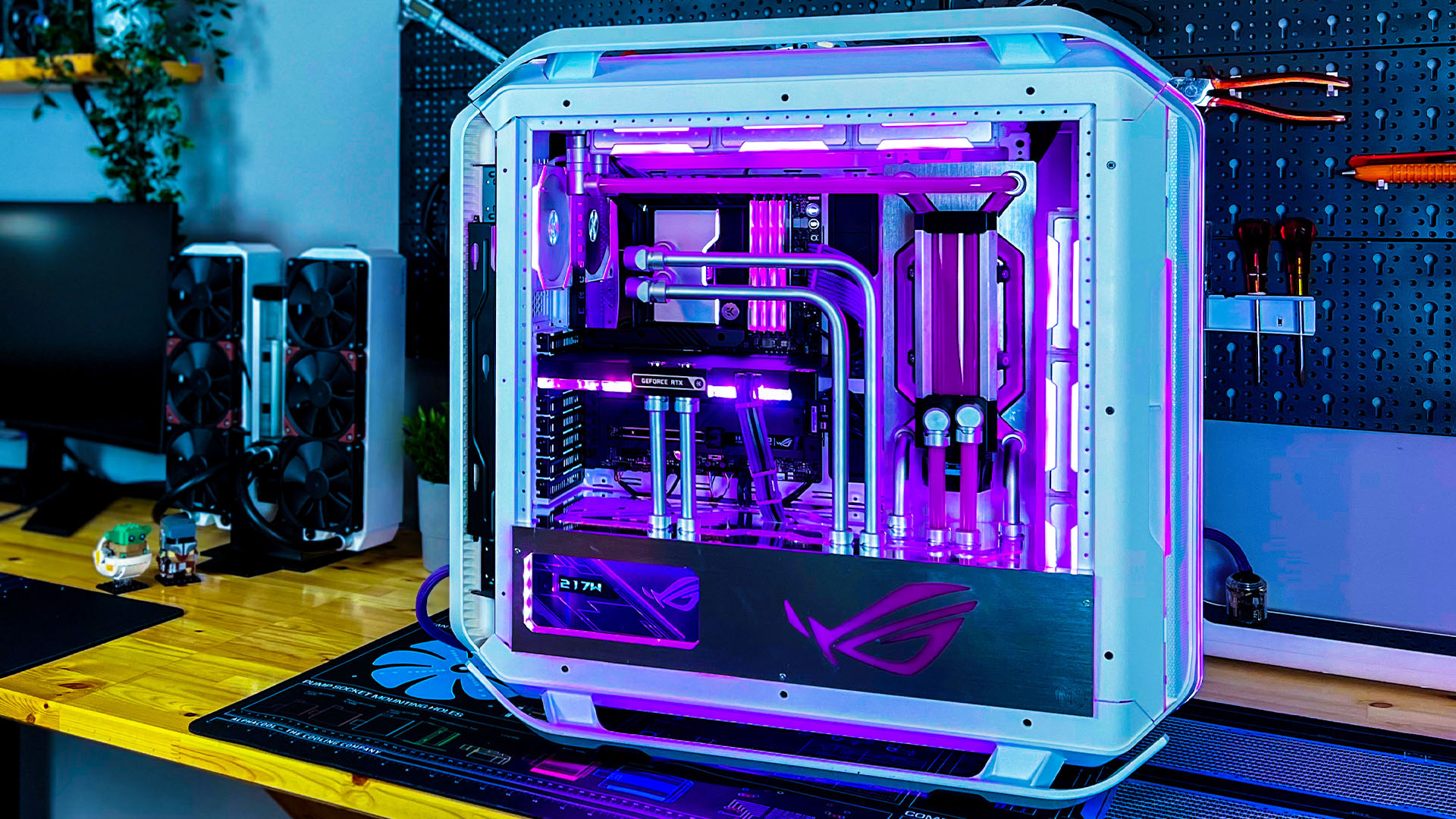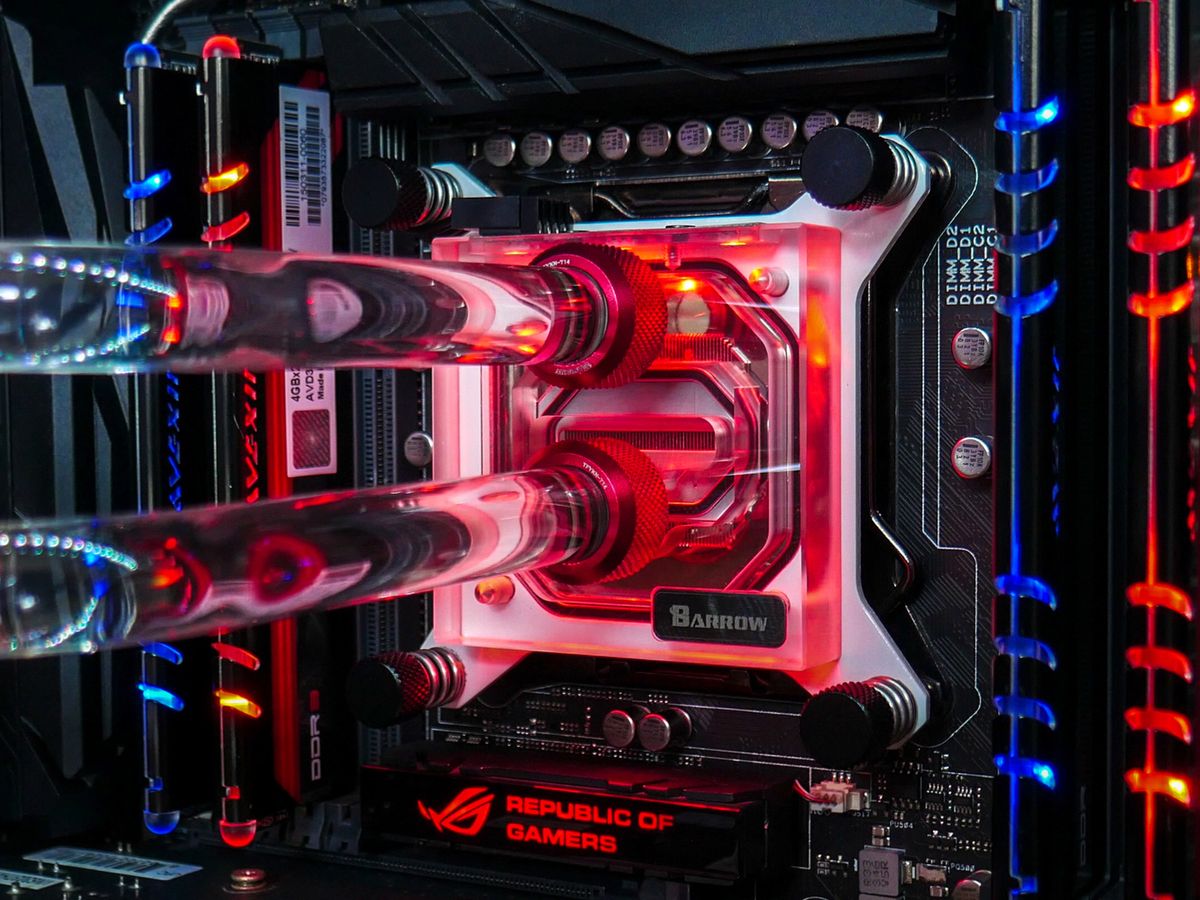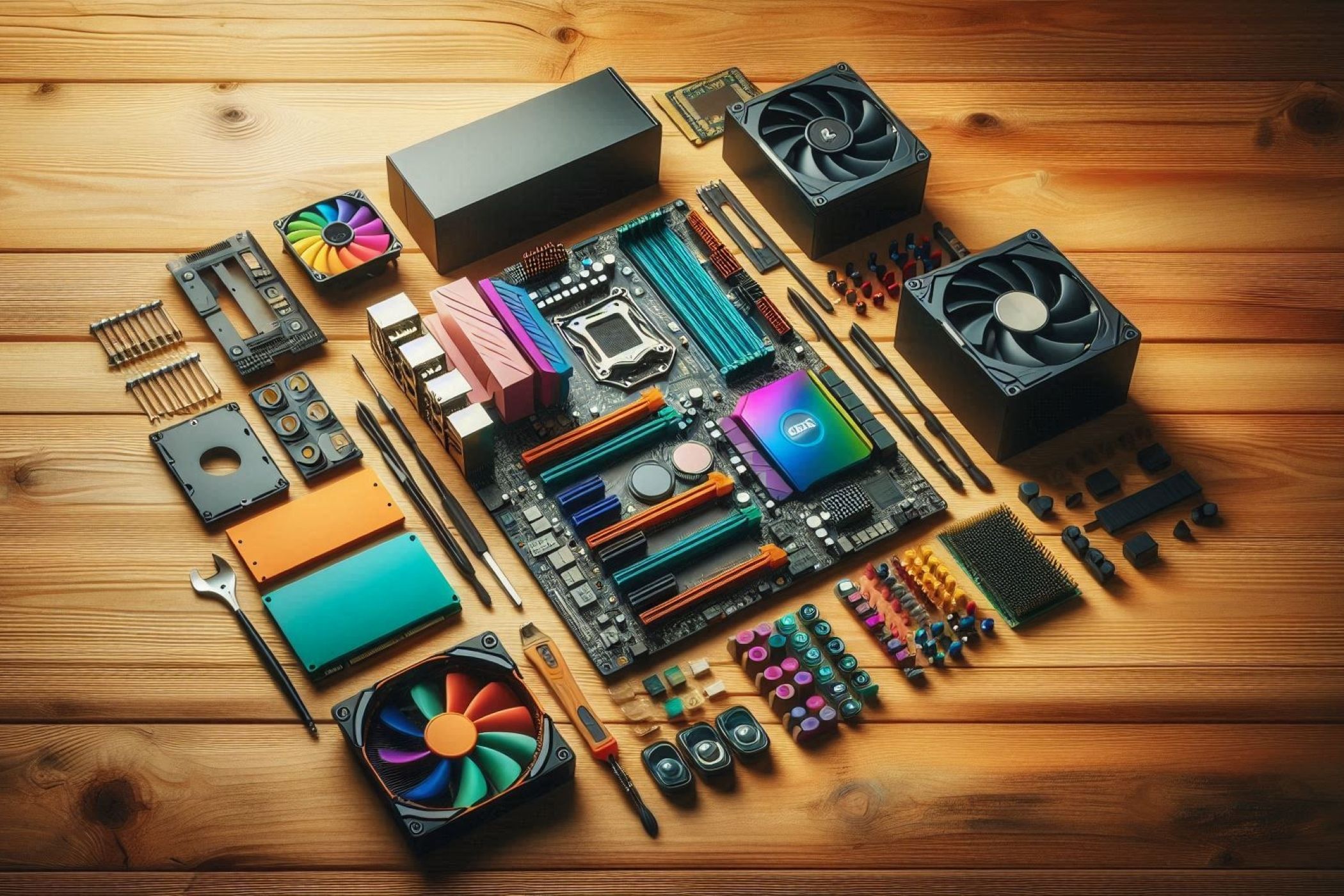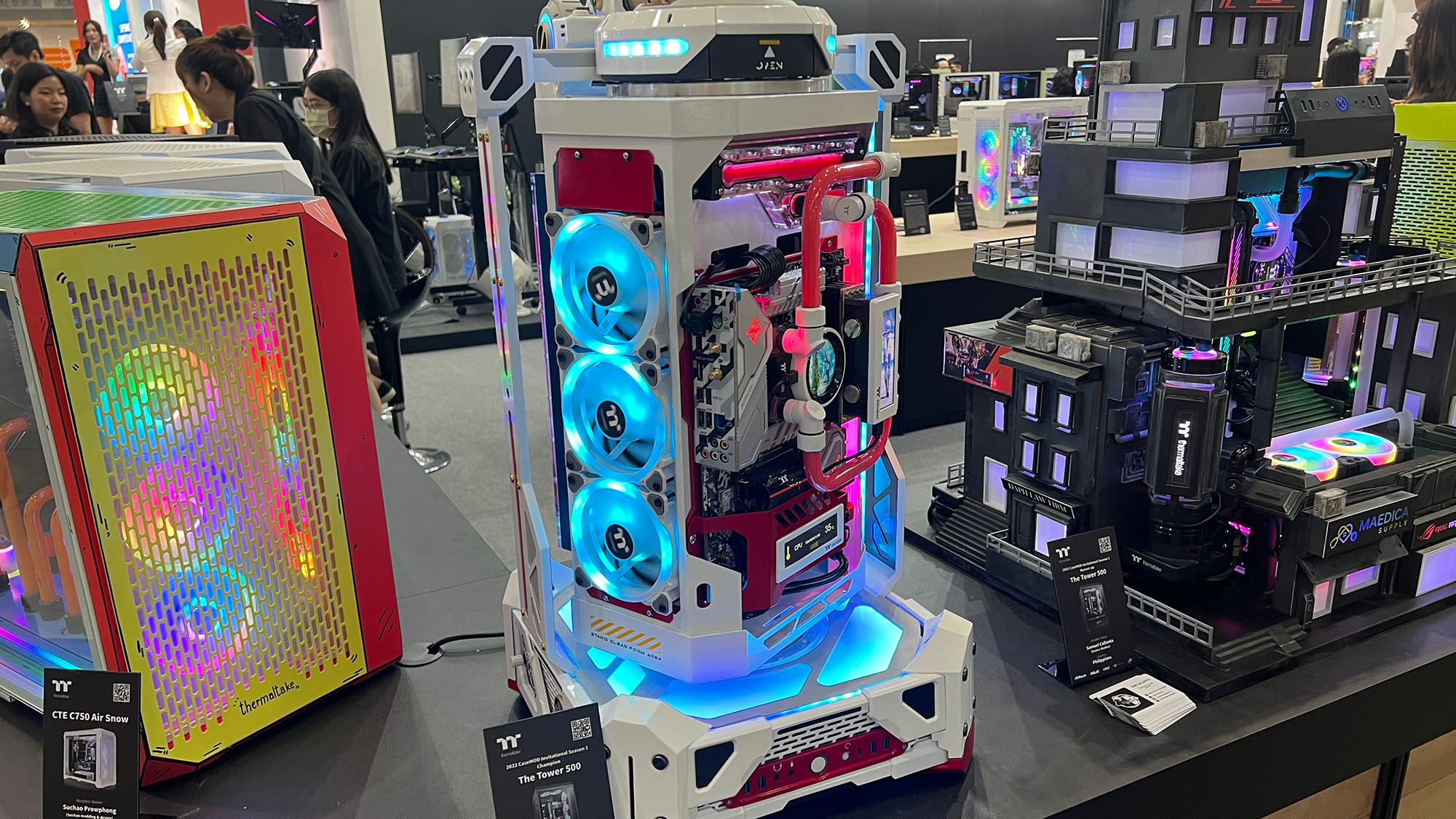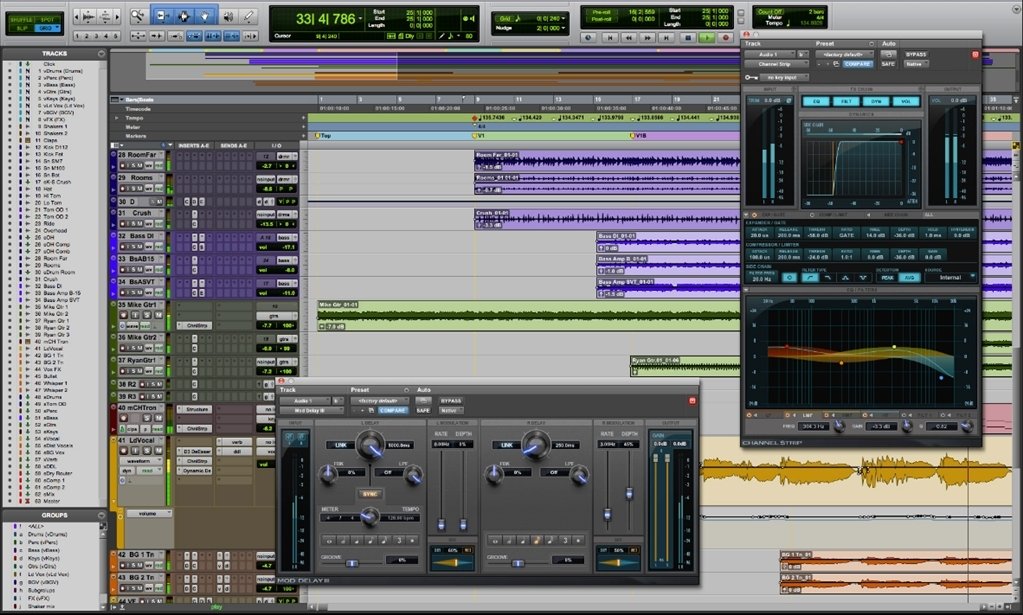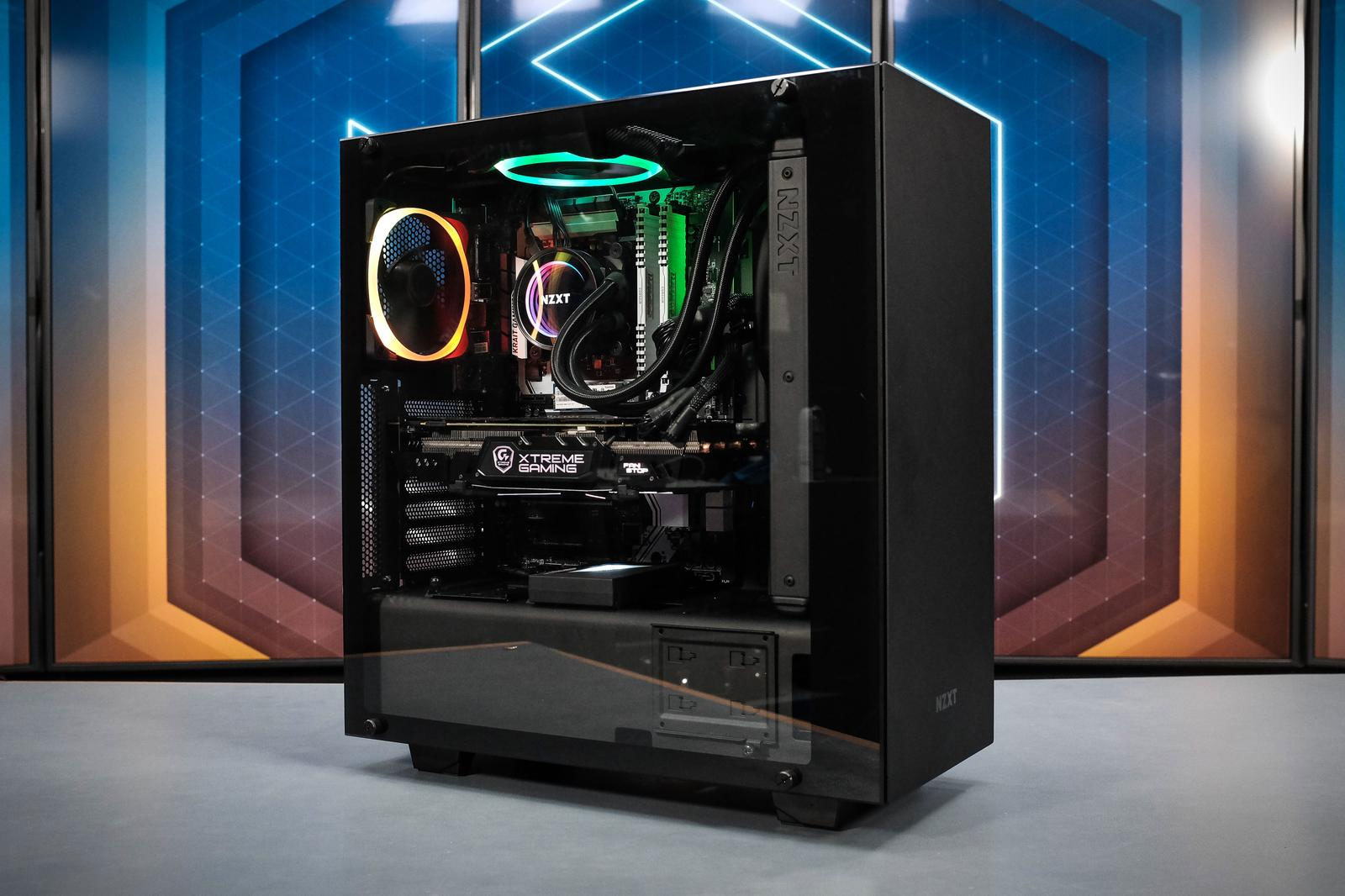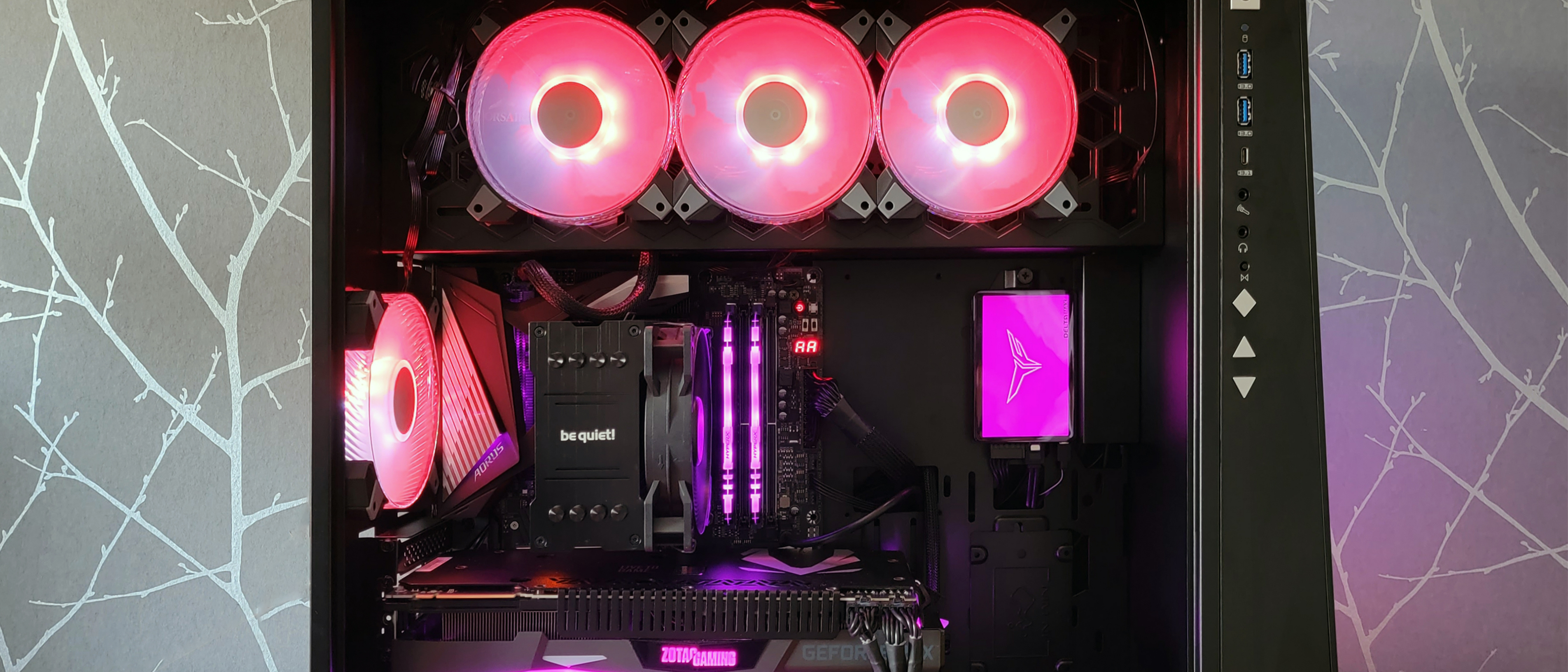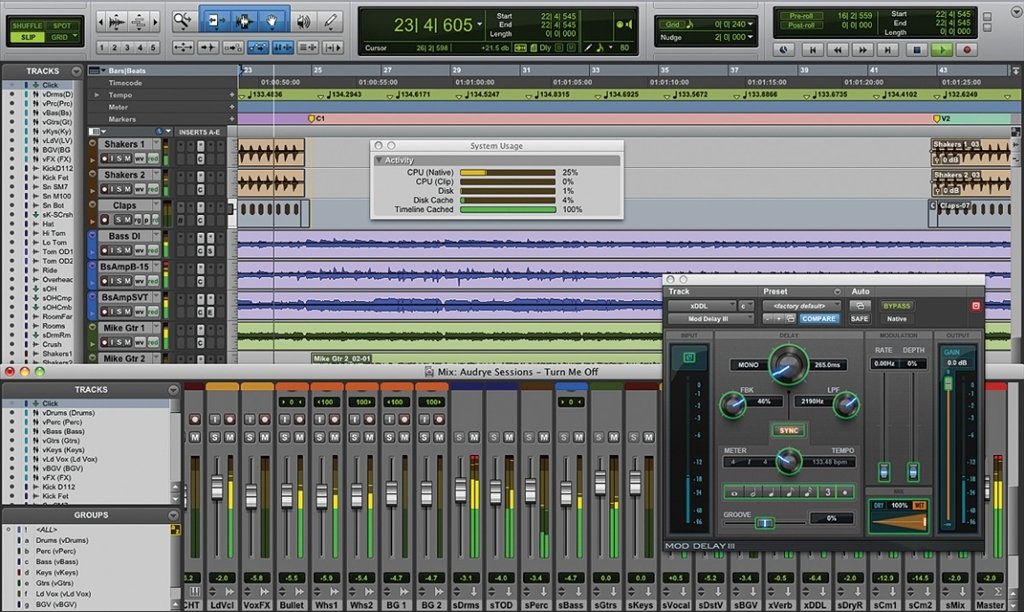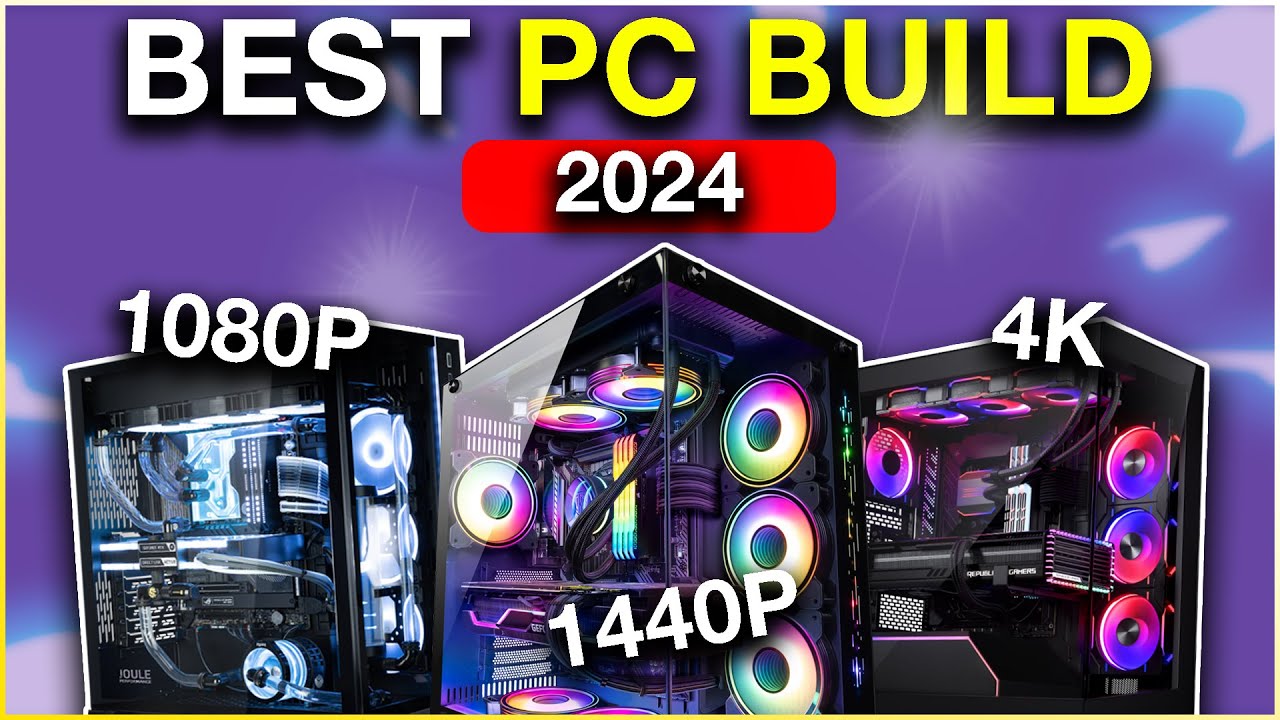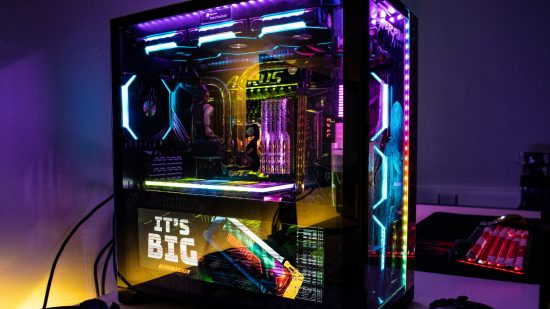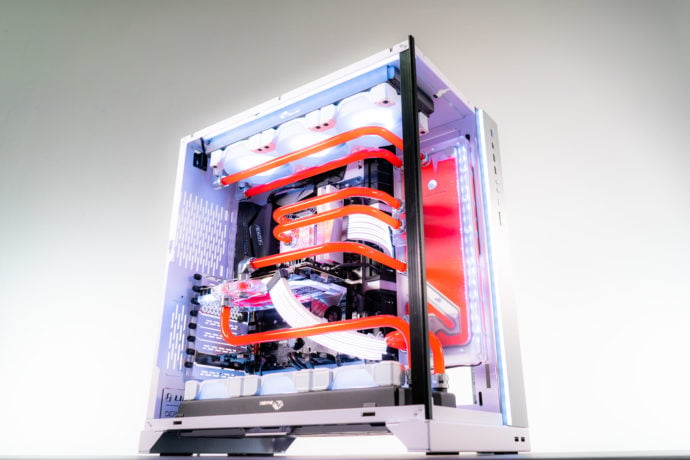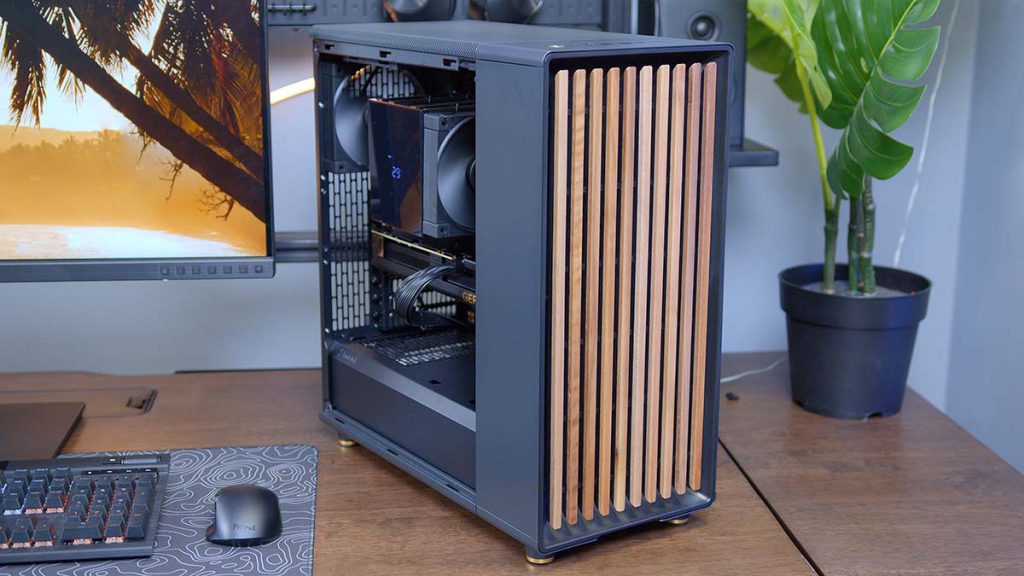Best Pc Build For Pro Tools

So, you're ready to dive into the world of Pro Tools? That's fantastic! But before you start crafting your next sonic masterpiece, there’s a crucial piece of the puzzle to address: your computer.
Pro Tools, the industry-standard digital audio workstation (DAW), demands a robust and reliable system to run smoothly. This article is geared towards first-time buyers eager to build or buy a PC specifically for Pro Tools. Let's explore the essential components, compare different options, and equip you with the knowledge to make an informed decision.
Why Your PC Matters for Pro Tools
A computer that struggles to keep up with Pro Tools can lead to frustrating performance issues. Think crackling audio, sluggish response times, and even complete system crashes. A well-optimized PC will not only handle complex sessions with ease, but also enhance your creative workflow.
Investing in the right machine from the outset saves you time, money, and a whole lot of headaches down the road. This guide provides you with the roadmap to building a powerful and reliable Pro Tools workstation.
Top 5 PC Builds for Pro Tools (Pre-Built or DIY)
The table below presents 5 options, balancing performance, and affordability. Remember prices fluctuate, so always check with the retailer.
| Model/Configuration | Price (USD) | Key Specs | Warranty |
|---|---|---|---|
| DIY: AMD Ryzen 5 5600X, 16GB RAM, 512GB NVMe SSD, RTX 3050 | $800 - $1000 | 6-Core CPU, 16GB RAM, fast SSD, Dedicated GPU | Varies by component manufacturer |
| DIY: Intel Core i5-12600K, 16GB RAM, 512GB NVMe SSD, RX 6600 | $900 - $1100 | 10-Core CPU, 16GB RAM, fast SSD, Dedicated GPU | Varies by component manufacturer |
| Pre-Built: CyberpowerPC Gamer Xtreme VR Gaming PC | $1200 - $1400 | Intel Core i7, 16GB RAM, 1TB NVMe SSD, RTX 3060 | 1 Year Limited |
| Pre-Built: HP Envy Desktop TE01-2250xt | $800 - $1000 | Intel Core i5, 16GB RAM, 512GB NVMe SSD, Integrated Graphics (Upgrade Recommended) | 1 Year Limited |
| DIY: AMD Ryzen 7 5700X, 32GB RAM, 1TB NVMe SSD, RTX 3060 Ti | $1200 - $1500 | 8-Core CPU, 32GB RAM, fast SSD, High Performance GPU | Varies by component manufacturer |
Detailed Reviews
DIY AMD Ryzen 5 5600X Build
This is an excellent entry-level build for Pro Tools. The Ryzen 5 5600X offers strong performance for its price, and 16GB of RAM is sufficient for most projects. Adding a dedicated GPU like the RTX 3050 enhances plugin performance.
DIY Intel Core i5-12600K Build
The i5-12600K gives you extra cores, beneficial for CPU-intensive tasks. The combination of a speedy NVMe SSD and a good graphics card balances performance and cost. Consider this if you anticipate using many virtual instruments or effects.
CyberpowerPC Gamer Xtreme VR Gaming PC
While marketed for gaming, this pre-built PC packs the power needed for Pro Tools. The Intel Core i7 processor, 16GB of RAM, and RTX 3060 can handle demanding sessions. The pre-built nature means no assembly is required.
HP Envy Desktop TE01-2250xt
This is a budget-friendly option, but the integrated graphics card is a significant limitation for Pro Tools. Upgrading to a dedicated GPU is highly recommended for a smoother experience. The Intel Core i5 handles basic mixing adequately.
DIY AMD Ryzen 7 5700X Build
This build hits the sweet spot of performance and value. The Ryzen 7 5700X offers excellent multi-core performance, 32GB of RAM ensures smooth operation with large projects, and the RTX 3060 Ti provides ample GPU power for plugins and demanding tasks. This will tackle most Pro Tools requirements with ease.
Used vs. New: The Pro Tools PC Dilemma
Used PC: Pros
The main advantage of buying used is the lower price. You can potentially snag a high-end machine for a fraction of the original cost. Check that all components meet the Pro Tools system requirements.
Used PC: Cons
Used components come with inherent risks. You may not know the full history of the machine, potentially leading to reliability issues. Warranty coverage is also typically limited or non-existent on used parts.
New PC: Pros
New computers offer peace of mind with manufacturer warranties. You're also guaranteed to receive the latest technologies and components. This translates to better performance and longevity.
New PC: Cons
New PCs are generally more expensive than used ones. However, this upfront cost can be offset by the extended lifespan and warranty coverage.
Reliability Ratings by Brand
Assessing brand reliability is crucial for choosing components that last. Based on industry reports and user feedback:
- CPUs (Intel & AMD): Generally highly reliable, with minimal failure rates.
- Motherboards (ASUS, Gigabyte, MSI): Reputable brands known for quality and durability.
- RAM (Corsair, Crucial, G.Skill): All offer reliable memory modules with varying speeds and latency.
- SSDs (Samsung, Western Digital, Crucial): Top-tier SSD manufacturers with excellent track records.
- Power Supplies (Seasonic, Corsair, EVGA): Invest in a reputable PSU to ensure stable power delivery and protect your components.
Checklist: 5 Must-Check Features Before Buying
- Processor (CPU): Prioritize a CPU with a high clock speed and multiple cores. Pro Tools benefits from both single-core and multi-core performance.
- RAM (Memory): 16GB is the bare minimum, but 32GB is recommended for larger projects and virtual instruments.
- Storage (SSD): A fast NVMe SSD is essential for quick boot times, project loading, and sample streaming.
- Audio Interface Compatibility: Ensure your chosen PC has the necessary ports (USB, Thunderbolt) and drivers compatible with your audio interface.
- Operating System: Pro Tools supports both Windows and macOS. Choose the OS you are most comfortable with and verify compatibility with your other software.
Key Points Summarized
Choosing the right PC for Pro Tools involves careful consideration of several factors. Key elements are processor power, sufficient RAM, a fast SSD, and audio interface compatibility. Evaluate your budget, project size, and plugin usage to select the appropriate components.
New PCs offer warranty coverage and the latest technology, while used PCs can save you money. Always prioritize component reliability to avoid future headaches. By carefully weighing these aspects, you can build a powerful and dependable Pro Tools workstation.
Remember to balance your budget with the level of performance you require. Start with a solid foundation, and you can always upgrade components later. Don't overlook compatibility with your audio interface and operating system.
Ready to Build Your Dream Pro Tools Rig?
Now that you have the knowledge, take action! Start researching specific components, comparing prices, and planning your build. Your journey to creating professional-quality audio starts here. Let's make some music!
